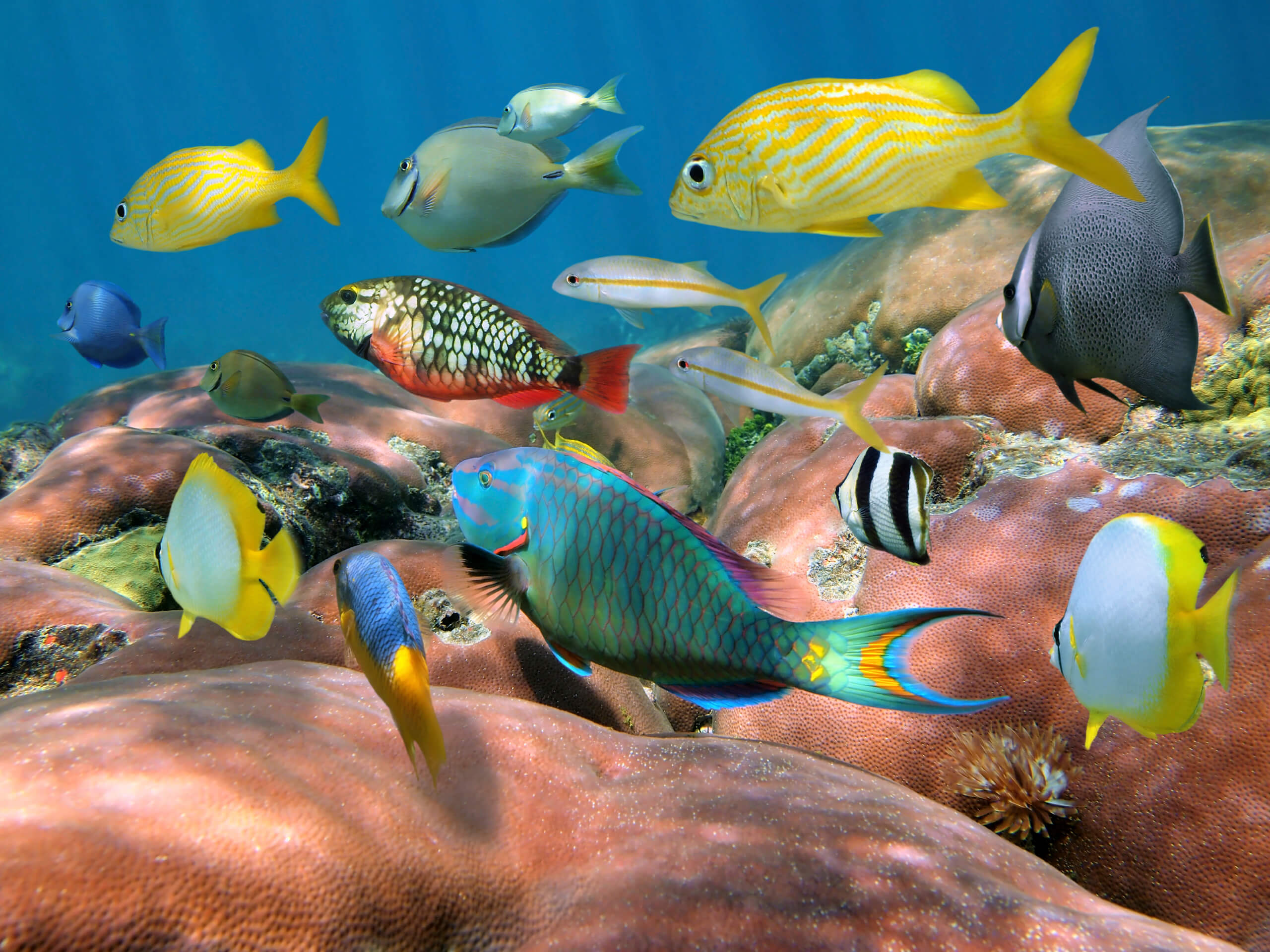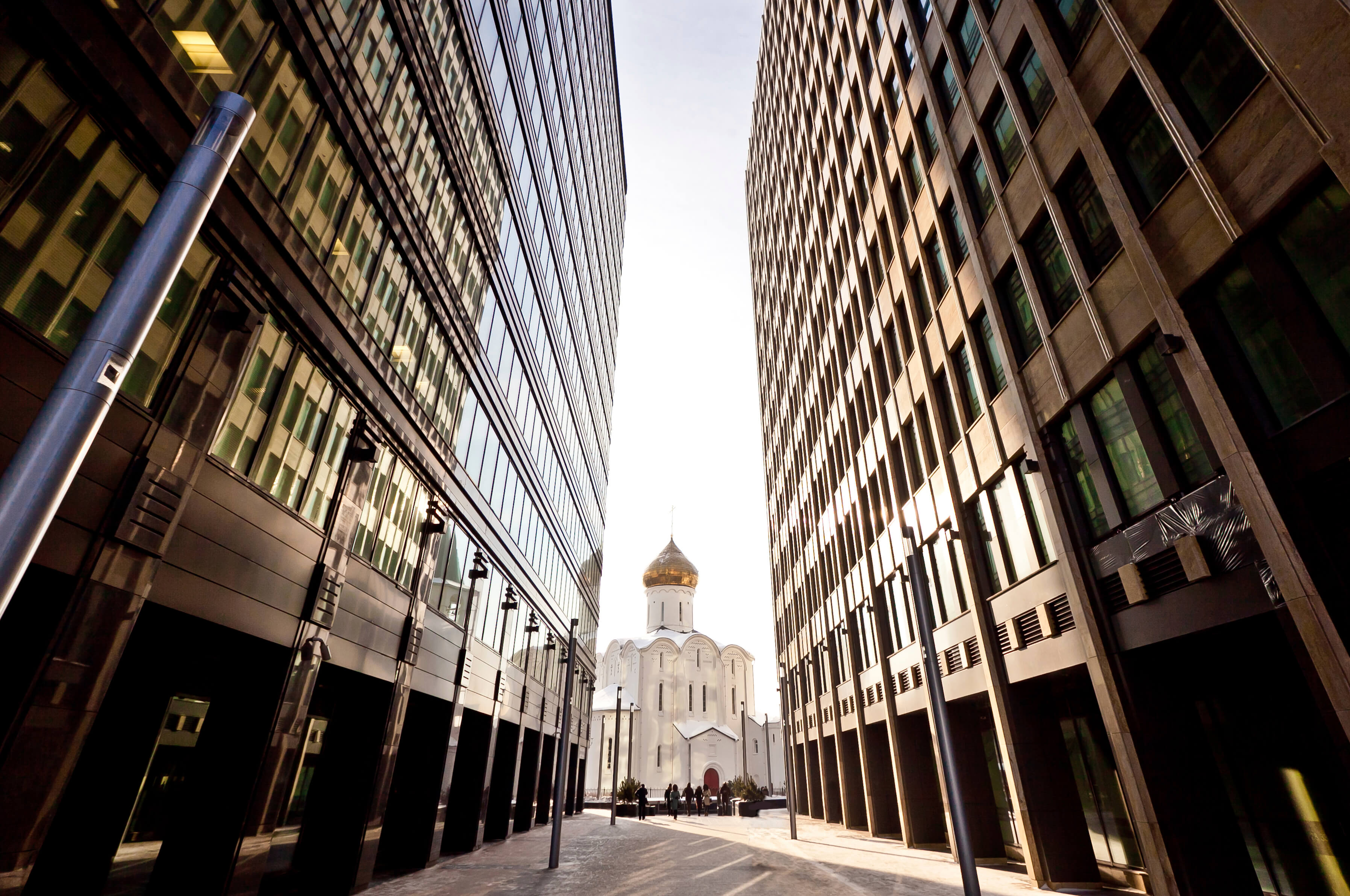Maxim Ali has explained to Pravo.ru why the conclusions of the courts of general jurisdiction on the protection of rights to photographs differ from the position of the Supreme Court
The Supreme Court of the Russian Federation referred a case for reconsideration concerning compensation for moral damage for the theft of photographs and the application of a logo on them without the author’s consent. The lower courts considered that, based on the Civil Code of the Russian Federation, the right to dispose of the product of intellectual activity was a property right and that compensation for moral damage could only be claimed for the author’s personal non-property rights. However, the Supreme Court found that the placement of the logo on the photographs violated the plaintiff’s rights to inviolability of the work, which relates specifically to personal non-property rights.
“Probably, the problem is that not all judges of general jurisdiction courts have sufficient experience in cases of intellectual property rights. Therefore, they may not initially understand that a proprietary (exclusive) right to a photograph, which belongs to a right holder, is not the same as an inalienable personal non-property right of an author. At least, our own experience in disputes in district courts shows that,” Maxim Ali, Partner and Head of IP/IT practice at Maxima Legal told Pravo.ru legal publeshing.
The expert stressed that “disputes on protection of rights to photographs appear in courts regularly. Most of them deal with direct copying of photos from other people, so many of these cases are routine for the judicial system: “copied, posted, fined”.
To read the full article (in Russian) please visit Pravo.ru website >>>







